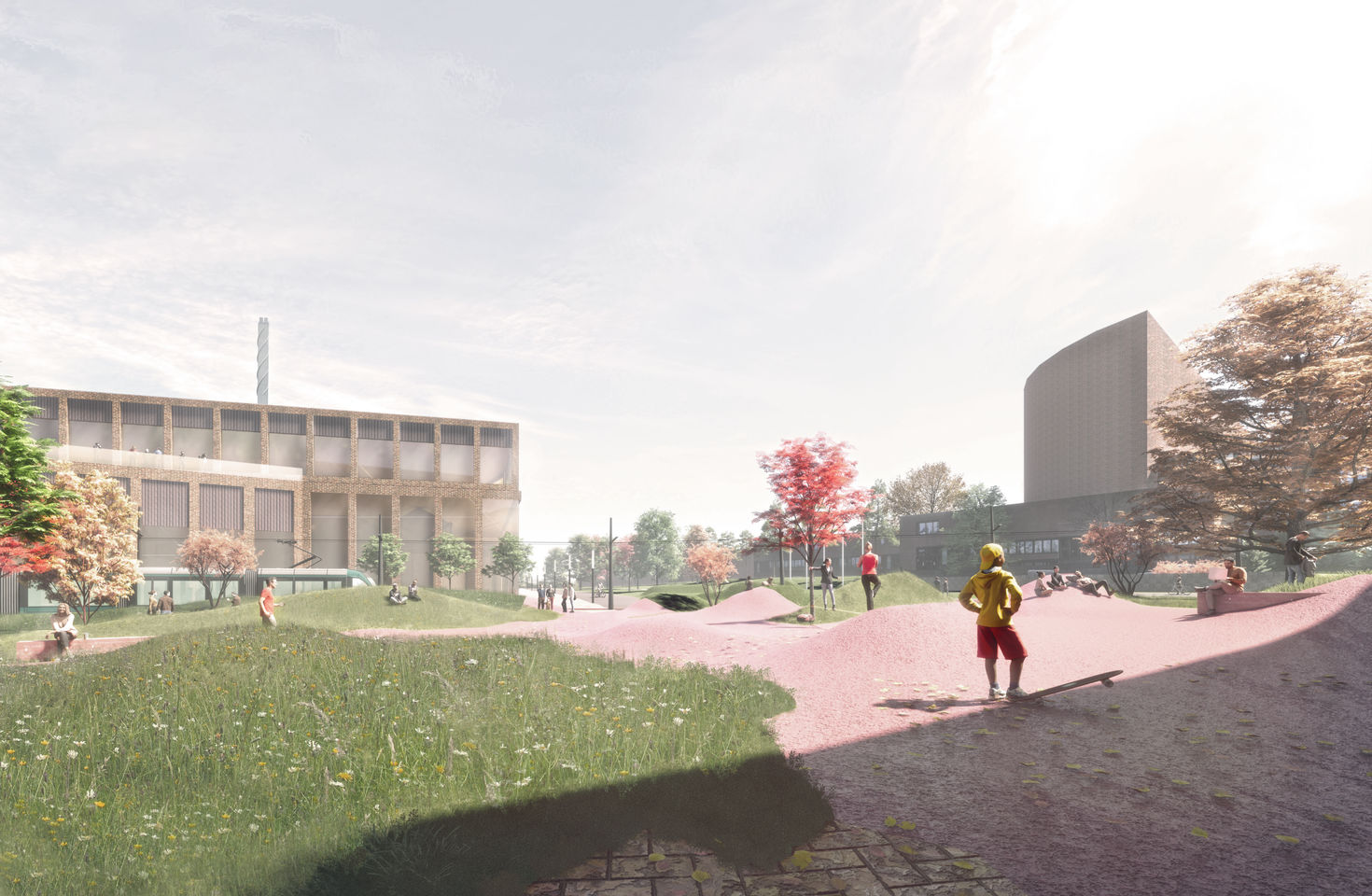Mind Meets Machine: Immersive Data Interaction
The future shapers of our environment need to be trained in computationally driven data-informed design methods, as we have already AI-informed automized design generators available to design buildings, cities and landscapes, without any architect or landscape architect involved. This is due the lack of knowledge in the field and affects the quality of the built environment. This is a real pressing problem of global size and major importance. The introduced projects research methods for architects and landscape architects to interact with abstract data, as a creative component in the design process and brings them back in command to interact with AI and other future technology.

______________________________________________________________________________________
The exhibited projects showcase novel computational design methods to creatively interact with global and local data. Whereas the on-going general discussions in relation to data-handling stresses efficiency, productivity and often de-humanization, the exhibited projects set their focus on the exploration of immersive data-interaction design tools to enhance climate-smart solutions in the urban context. The projects aim for showcasing possibilities to make abstract data visible and tangible, to enter a new level of data-informed responsive design, that has public benefit.
Augmented data-interaction is merged with the tangible sandbox environment, in order to formulate sustainable design speculations for Ainonauki, an urban plaza located between Väre and Aalto Studios. The understanding of available technology to be composed and rearranged in order to support the field specific discourse led to innovative design speculations, based upon human-robotic interaction. The developed design methodology emphasizes the importance of design iterations through computationally informed feedback loops.
- Project team:
Prof. Dr. Pia Fricker, Kane Borg, and Tina Cerpnjak
- Exhibition support:
Loviisa Luoma
- Students:
Marek Kratochvíl, Kaie Kuldkepp, Hanna-Kaisa Koskinen, Ahti Launis, Riikka Lauri, Emilia Lemmetti, Huixu Li, Loviisa Luoma, Eetu Mykkänen, Teo Rinne, Miisa-Maari Ulmanen, Eetu Mykkänen, Yanxia Qiu, Antti Rantamäki, Shenyu Sun, Laura Tuorila, Huijia Zhuang
- In cooperation with:
Dr. Philip Belesky (RMIT Australia), Mariusz Hermansdorfer (University of Copenhagen /Ramboll DK) and Dr. Ilmar Hurkxkens (ETH Zurich)
- Special thanks to:
Manueal Fonseca, Ilpo Kari and Pekka Salonen, workshop masters of ARTS as well as to ARTS IT team
Read more news

Research Council of Finland establishes a Center of Excellence in Quantum Materials
The Centre, called QMAT, creates new materials to power the quantum technology of coming decades.
Two Unite! Seed Fund projects involving Aalto secure top EU funding
Two prestigious EU grants have been awarded to projects that were initially supported with Unite! Seed Funding. Both projects involve Aalto.
Major funding powers development of next-generation machine technology aimed at productivity leap in export sectors
The BEST research project is developing new types of sealing, bearing, and damping technology.














